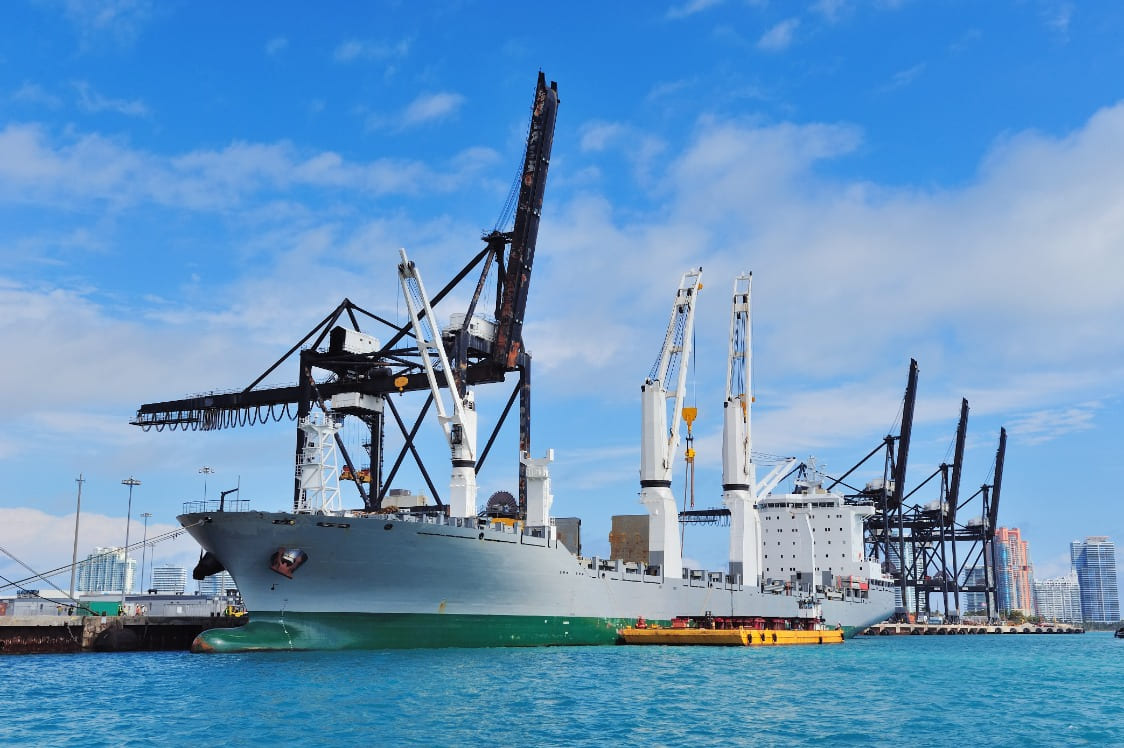Notice of Readiness: Timing, Legal Implications, and Best Practices

Posted on Apr 08, 2025 at 09:04 PM
Are you struggling to understand when and how to issue a Notice of Readiness?
It may seem simple, but importantly, filing a Notice of Readiness (NOR) at the right moment and in the right form can mean the difference between smooth shipping operations or costly legal disputes. Failure to comply with legal requirements or failure to issue a correct Notice of Readiness can lead to laytime delays, financial losses, and even legal disputes. In some jurisdictions, such issues may even escalate to trial, especially when a contracting party or shipowner claims the NOR was invalid or not delivered according to the agreed charter agreement terms.
In this article, we will discuss the ideal timing for issuing a Notice of Readiness, the associated legal ramifications, and the best practices for ensuring proper acceptance. Whether you are a vessel operator, charterer, captain, agent, or freight forwarder, a thorough understanding of this notice will protect you from disputes and improve your operations.
What is a Notice of Readiness?
When we say Notice of Readiness, we are referring—without question—to a formal document issued by the vessel's master or owner to notify the charterer or the designated counterparty that the vessel has arrived at the specified terminal or within its jurisdiction and is ready to commence loading and/or unloading operations as per the terms of the charterparty. This notification is often issued in writing via E-mail and accompanied by authorized documents such as a certificate of readiness, report of facts, and inspection reports.
The notice marks the commencement of timeframe, which without doubt impacts demurrage calculations and shipping efficiency. Without a legitimate NOR, the laytime may not commence, leading to disputes and delays. It is worth noting here, Common errors include issuing the notice before the vessel is fully ready or before arrival at the load/discharge location.
Requirements for a Valid Notice of Readiness
For a notice of readiness to be legally valid, it must meet three basic requirements:
Vessel's Arrival at the Specified Port:
The vessel must be within the limits of the nominated port or official waiting area and comply with applicable maritime law. Failure to respect this requirement can render the NOR null and void and may be challenged in legal proceedings.
Vessel Must Be Ready:
Physically and legally, the vessel must be ready to load or unload cargo. This includes clean holds, operating unloading equipment, customs clearance, and completed regulatory inspection. Any absence of legal paperwork may lead to the NOR being declared void.
Proper Tendering:
The notice must be tendered in the correct form and served to the appropriate parties following the charterparty. It must clearly state the time, date, and conditions of readiness. Any declaration or notice that fails to meet these standards could be dismissed in a trial or during a judgment/order review.

Best Practices for Issuing and Accepting a NOR
To ensure smooth operations and avoid legal disputes, follow these practices, which are often emphasized in maritime professional training:
Timely Submission:
Submit the NOR the instant the vessel (ship) arrives and is ready, without delay. Timing is critical as it affects the initiation of laytime and the calculation of penalties.
Accurate Documentation:
Use supporting documents like the Statement of Facts, inspection certificates, and any custom clearance documents to strengthen your notice. Attach them in a PDF file if submitted via email.
Clear Communication:
All parties involved—shipowner, charterers, master, agents, and cargo senders—must stay informed. Notify every relevant party to avoid claims of non-receipt or miscommunication, especially regarding cargo readiness and delivery, including shipping KPIs.
Compliance and Respect for Contract Terms:
The notice must adhere to the contract provisions, including the specified port, load/discharge periods, and applicable shipping practices or customs. Each contract may contain a specific provision detailing NOR requirements.
Real Case References and Additional Considerations
In some cases, like The “Tres Flores” case in NSW, the court ruled against the charterers due to failure in responding to the NOR submitted within the correct period. Likewise, in Duval Shipping v. Fear Maritime, the vessel’s readiness was challenged due to incomplete environmental inspection.
Other documents filed in court have included sworn statements from consignees, shippers, and local agents stating the vessel’s readiness and/or challenges faced. Family-owned shipping companies or unique programs operating under short charters must be cautious, especially when operating under multiple legal systems, such as IST or County law.
Final Thoughts,
Whether your vessel is operating under a standard voyage charter, time charter, or special contractual clause, the ability to issue a valid and timely Notice of Readiness can protect your income, save resources, and ensure accessibility to the full benefits of your maritime contract.
So, are you ready to avoid disputes and improve shipping operations?
Start implementing these strategies now to guarantee correct tendering, avoid costly delay costs, and ensure every party involved—from the ship’s master to the receiver—understands their role in delivering successful results.
Learn how proper NOR management can transform your operations, from space planning to customs coordination, in both criminal and civil legal systems. Whether you're in Indonesia or the Southern District, a moment's oversight in readiness could lead to legal consequences.





